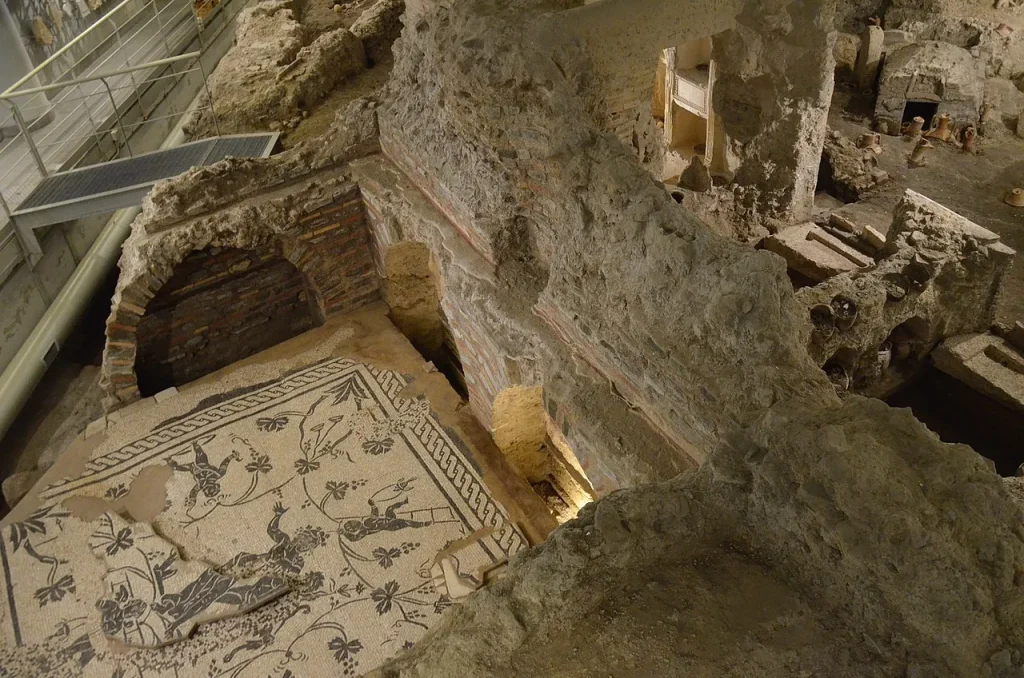Introduction
In a historic move, the Vatican has opened the gates to a previously restricted necropolis, allowing the public to explore the Via Triumphalis Necropolis—an ancient Roman burial ground beneath Vatican City. Dated between the 1st and 4th centuries CE, the necropolis unveils a tradition of marble sarcophagi, open burial graves, and Roman mosaics and frescoes.
Rich History of the Necropolis
The tombs within the Via Triumphalis Necropolis house the remains of various individuals, including “slaves, freedmen, artisans of the city of Rome,” providing a glimpse into the diverse social fabric of ancient Roman society. Some tombs are identified as the imperial property of Emperor Nero, adding a layer of historical significance to the site. Leonardo Di Blasi, an expert from the Vatican Museums, notes that the necropolis sheds light on lesser-known individuals and their customs, often tied to family, neighborhood, and personal traditions.
Revelations from the Graves
Among the noteworthy discoveries are graves associated with custodians of Pompeii’s theater, responsible for caring for set designs, and a custodian tasked with overseeing the woods. These findings offer insights into the specialised roles and responsibilities held by individuals in ancient Roman society. Until now, access to this fascinating necropolis was limited to approved scholars and specialists.
Public Access and Exhibition
The Saint Rose Gate entrance now welcomes the public to explore the city of the dead through the exhibition titled “Life and Death in the Rome of the Caesars.” This marks the first time that the general public can experience the historical and archaeological wonders of the Via Triumphalis Necropolis, which spans approximately 10,764 square feet along a section of the ancient Via Triumphalis.
Historical Context and Discovery
The Via Triumphalis Necropolis, located outside Rome as per Roman law, was discovered in 1956 during the construction of the Vatican Autoparco. In 2003, additional sections, including the Santa Rosa area, were revealed during parking lot construction. The decision to open this necropolis to the public signifies a significant step in making ancient Roman history more accessible and engaging for visitors and enthusiasts alike.
As visitors step through the gates, they embark on a journey through time, unraveling the stories of those laid to rest beneath the Vatican—a poignant exploration of life and death in the heart of ancient Rome.
Necropolis of the Via Triumphalis, Rome, 2017.COURTESY WIKIMEDIA COMMONS
Ancient Roman Bath Unearthed in Cologne’s Neumark: A Glimpse into Lavish Residential Living





